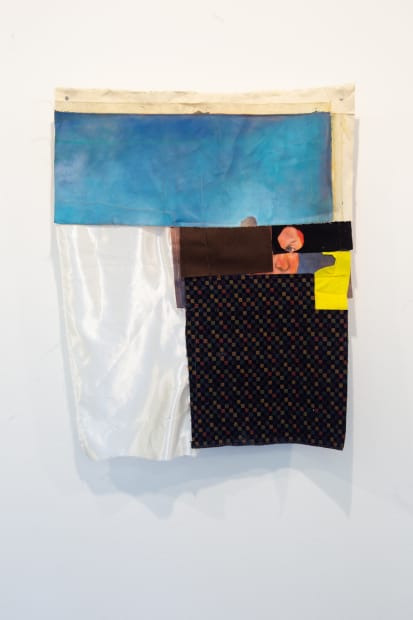What was the impact on your practice?
The main impact on my practice was re-thinking my making from something that happens in a fixed place, i.e. the studio, to something that happens everywhere. The time-of-making and the making-time became further topics for reflection. Furthermore, the idea of a space to make and the way it can affect what is being made became really important: the size, the materials, and the way space/place affects themes and methods. Small-sized canvases, acrylic medium, gestural approach, a set-time of three hours, morning and late-night paintings were my choices. Overall, the main impact was to start thinking about art and its internal rules of making.
What would you say the long-term impact has been on yourself and you work?
The long-term impact was the understanding that every art object has its internal rules of making, almost a cosmology. A work of art contains the rules of its making which are to some extend its internal narrative. Visiting the Uffizi on many occasions, from shorter to longer times, focussing on individual works, reflecting on the word ‘narrative’ but at the same time making art, were very important in bringing more awareness to my artistic process. The significance of gestural interventions when making art but also the strong connection between my daily experience and my art-making became important considerations which have an impact on my most current work. Materiality, of both paint and used materials, performativity and the communication and/or clash between different material realities found their subconscious origin during those days in Florence.
 Giovanni Giacoia, Private View, acrylic 2010. RSA Collection.
Giovanni Giacoia, Private View, acrylic 2010. RSA Collection. Giovanni Giacoia, I Need to Catch that Gaze, satin, polyester rug, felt, oil and acrylic paint on cotton duck canvas, 80 x 100 cm, 2019.
Giovanni Giacoia, I Need to Catch that Gaze, satin, polyester rug, felt, oil and acrylic paint on cotton duck canvas, 80 x 100 cm, 2019.

